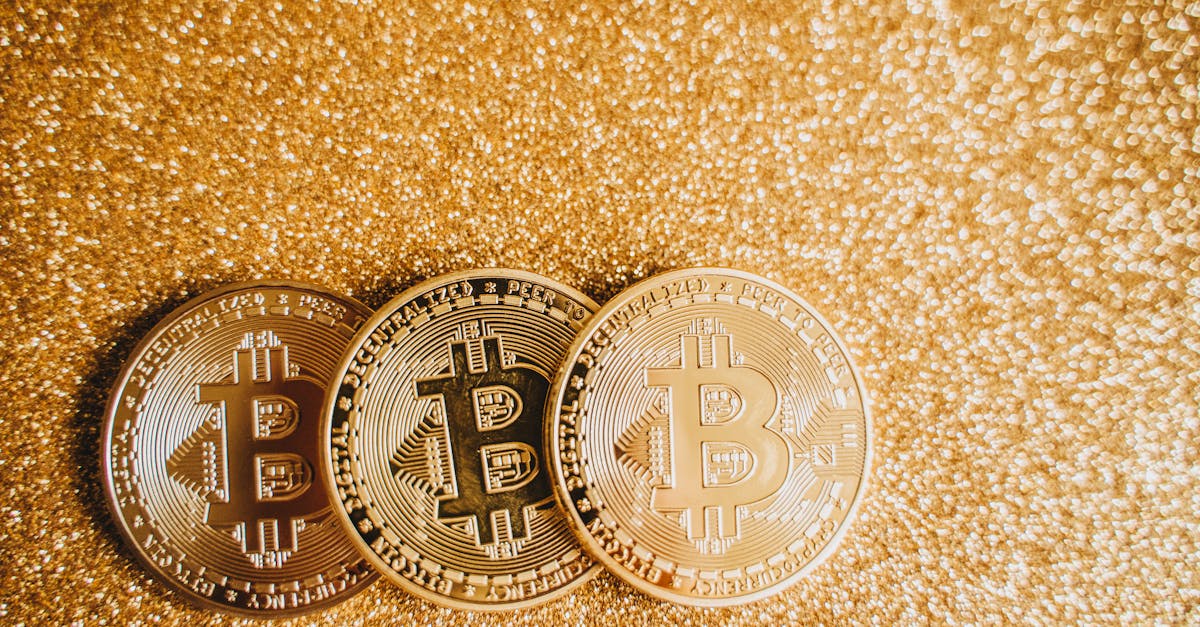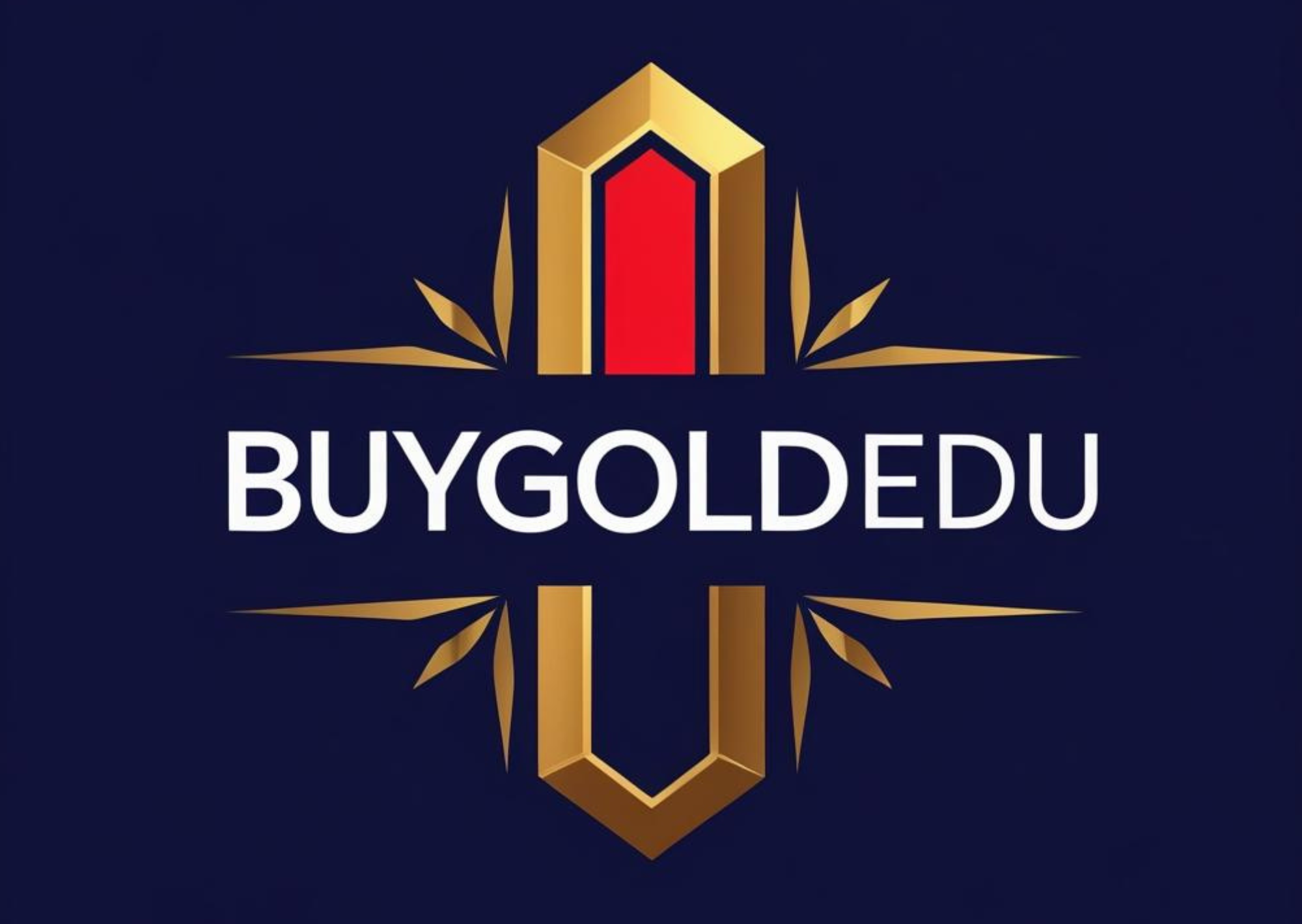Embracing Innovation: Transforming the Gold Landscape

Technological Innovations Revolutionizing Gold Sales and Trading
Technological advancements are transforming the gold industry, revolutionizing consumer behavior and market dynamics. From blockchain-based solutions to artificial intelligence-powered analytics, technology is unlocking new possibilities in gold trading. As a result, both individuals and businesses can navigate the gold market with greater ease, transparency, and efficiency.
Blockchain technology has emerged as a game-changer, introducing a decentralized and immutable ledger system that enhances transparency, security, and efficiency in gold transactions. Digital gold currencies are breaking down barriers to accessibility, making gold investment more convenient and accessible to individuals. The Internet of Things (IoT) and automation are streamlining gold processing and logistics, while artificial intelligence (AI) algorithms are revolutionizing gold market analysis.
As the gold industry embraces these technological innovations, new opportunities are created for investors and businesses alike. From improved efficiency to enhanced security and accessibility, these innovations are paving the way for a more transparent, fair, and dynamic gold market.
Key Insights from the Article on Technological Innovations in Gold Sales and Trading
- Blockchain technology is revolutionizing gold trading by enhancing transparency, security, and efficiency through its decentralized and immutable ledger system.
- Digital gold currencies are breaking down barriers to gold investment by providing individuals with fractional ownership of physical gold without the challenges of physical storage.
- IoT (Internet of Things) devices and automation are optimizing gold processing and logistics, enabling more efficient management and tracking throughout the supply chain.
- Artificial Intelligence (AI) is enhancing gold market analysis by providing real-time insights, predicting price trends, and assisting traders in making informed decisions.
- Regulatory bodies are working to establish clear frameworks that foster innovation while protecting investors and maintaining market integrity as gold innovations advance.
1. Blockchain: Decentralizing the Gold Trade
The advent of blockchain technology has brought about a paradigm shift in the gold industry, introducing a decentralized and immutable ledger system that enhances transparency, security, and efficiency in gold transactions. This groundbreaking technology has the potential to revolutionize the way gold is traded, opening up new avenues for investment and transforming market dynamics.
Blockchain technology underpins cryptocurrencies like Bitcoin and Ethereum, but its applications extend far beyond the realm of digital currencies. In the context of gold trading, blockchain provides a secure and transparent platform for recording and tracking gold transactions. Unlike traditional centralized systems, blockchain operates on a peer-to-peer network, eliminating the need for intermediaries and reducing the risk of fraud and manipulation.
The decentralized nature of blockchain empowers individuals and businesses to take control of their gold investments. With blockchain-based solutions, investors can directly access gold markets, bypassing intermediaries and reducing transaction costs. This democratization of gold trading has the potential to make gold more accessible and affordable for a wider range of investors, fostering greater participation and liquidity in the market.
2. Digital Gold Currencies: Breaking Barriers to Accessibility

Digital Gold Currencies: Breaking Barriers to Accessibility
The emergence of digital gold currencies is revolutionizing the way people invest in gold, breaking down traditional barriers to accessibility and offering a more convenient and accessible way to own this precious metal. Unlike traditional physical gold, which requires secure storage and can be cumbersome to trade, digital gold currencies allow individuals to own fractional ownership of physical gold without the need for physical storage or the associated costs and risks.
Digital gold currencies are traded on exchanges like any other cryptocurrency, making them highly accessible to a wider range of investors. This accessibility opens up new possibilities for diversification and wealth preservation, especially for those who may not have the means or desire to invest in physical gold. Furthermore, digital gold currencies offer greater liquidity compared to physical gold, allowing investors to enter and exit positions quickly and easily, without the need to find a buyer or seller for physical gold.
The convenience and accessibility of digital gold currencies also make them an attractive option for smaller investors who may not have the capital to purchase a full gold bar or coin. By investing in digital gold currencies, they can gain exposure to the gold market with a smaller investment, potentially reducing their overall risk and allowing them to participate in the potential upside of gold prices.
3. IoT and Automation: Streamlining Gold Processing and Logistics
The integration of IoT (Internet of Things) devices and automation into the gold industry is revolutionizing the way gold is processed and transported, leading to enhanced operational efficiency, traceability, and security throughout the supply chain. IoT devices, such as sensors and RFID tags, provide real-time data on the location, condition, and movement of gold assets, enabling more efficient management and tracking. Automation, on the other hand, reduces the need for manual labor and human intervention, improving accuracy and consistency while reducing the risk of errors and delays.
IoT devices can monitor and track gold shipments in real-time, providing visibility into the entire supply chain. This enhanced visibility enables stakeholders to identify potential bottlenecks and disruptions, allowing for proactive measures to be taken to minimize their impact. Furthermore, IoT devices can be used to monitor environmental conditions, such as temperature and humidity, ensuring that gold is stored and transported in optimal conditions to maintain its quality and purity.
Automation plays a crucial role in streamlining gold processing and logistics. Automated systems can perform repetitive tasks with precision and speed, reducing the risk of human error and increasing overall efficiency. For example, automated sorting and weighing systems can quickly and accurately grade and categorize gold, while automated transportation systems can move gold between different locations within a processing facility or warehouse. Automation also enhances security by reducing the number of touchpoints and potential vulnerabilities in the supply chain.
4. Artificial Intelligence: Enhancing Gold Market Analysis

Artificial Intelligence: Enhancing Gold Market Analysis
Artificial Intelligence (AI) is revolutionizing the way gold market analysis is conducted, providing real-time insights, predicting price trends, and assisting traders in making informed decisions. AI algorithms can process vast amounts of data, identify patterns, and make predictions with a level of accuracy and speed that is beyond human capabilities. This has led to the development of sophisticated trading tools and platforms that empower traders with data-driven insights and predictive analytics.
AI algorithms can analyze historical gold price data, economic indicators, and market sentiment to identify trends and patterns. This enables traders to make more informed decisions about when to enter or exit trades, as well as the optimal price points for execution. AI-powered trading platforms can also provide real-time market updates, news, and analysis, helping traders stay ahead of the curve and make timely decisions.
Furthermore, AI is enhancing the efficiency and accuracy of gold market analysis by automating repetitive tasks and reducing the risk of human error. AI algorithms can quickly sift through large datasets, identify anomalies, and generate actionable insights, freeing up traders to focus on higher-level decision-making and strategic planning.
5. Regulatory Considerations: Ensuring a Safe and Compliant Environment
As technological innovations continue to transform the gold industry, regulatory bodies around the world are working diligently to establish clear and comprehensive frameworks that foster innovation while protecting investors and maintaining market integrity. These frameworks aim to strike a balance between encouraging the adoption of new technologies and ensuring that the gold market remains fair, transparent, and secure.
Regulators recognize the potential of emerging technologies to enhance efficiency, transparency, and accessibility in the gold market. They are actively engaging with industry stakeholders, including technology companies, exchanges, and market participants, to understand the implications of these innovations and develop appropriate regulatory approaches. The goal is to create a regulatory environment that supports responsible innovation and protects the interests of all market participants.
Clear regulatory frameworks provide guidance to businesses operating in the gold industry, helping them to navigate the complexities of compliance and operate within established boundaries. This, in turn, fosters trust and confidence among investors and promotes the long-term growth and stability of the gold market.
6. Case Studies: Success Stories of Technological Adoption
Case Studies: Success Stories of Technological Adoption
Exploring real-world examples of companies and individuals who have successfully implemented technological innovations in their gold trading operations provides valuable insights into the transformative power of technology in the gold industry. These case studies showcase how businesses are leveraging cutting-edge solutions to drive growth, optimize operations, and enhance customer experiences.
One notable example is the adoption of blockchain technology by several gold trading companies. Blockchain’s decentralized and immutable ledger system has enabled these companies to streamline gold transactions, reduce settlement times, and enhance transparency. By eliminating intermediaries and automating processes, blockchain has significantly improved efficiency and reduced costs, benefiting both businesses and their customers.
Another example is the use of artificial intelligence (AI) for gold market analysis and trading. AI algorithms can analyze vast amounts of data, identify patterns, and make predictions with a level of accuracy and speed that is beyond human capabilities. Several companies have successfully integrated AI into their trading strategies, resulting in improved decision-making, reduced risk, and increased profitability.
7. Future Outlook: The Continued Evolution of Gold Tech
Future Outlook: The Continued Evolution of Gold Tech
The gold industry is poised for continued technological disruptions, with advancements in tokenization, NFTs (Non-Fungible Tokens), and decentralized finance (DeFi) expected to reshape the landscape. These emerging technologies have the potential to further enhance efficiency, transparency, and accessibility in the gold market.
Tokenization involves representing physical gold ownership on a blockchain network. This allows for fractional ownership and easy transferability, making gold more accessible to a wider range of investors. NFTs, on the other hand, can be used to represent unique or rare gold bars or coins, providing a new avenue for collectors and investors to acquire and trade these assets.
Decentralized finance (DeFi) is another area of innovation that is expected to impact the gold industry. DeFi platforms offer financial services such as lending, borrowing, and trading on a decentralized blockchain network, reducing the need for traditional intermediaries and potentially increasing accessibility and reducing costs for gold market participants.
What are the key benefits of blockchain technology in gold trading?
Blockchain technology offers several key benefits in gold trading, including enhanced transparency, security, and efficiency. It introduces a decentralized and immutable ledger system that records and tracks gold transactions, providing greater transparency and reducing the risk of fraud and manipulation.
How do digital gold currencies make gold investment more accessible?
Digital gold currencies break down traditional barriers to gold investment by allowing individuals to own fractional ownership of physical gold without the challenges of physical storage. They can be traded on exchanges like any other cryptocurrency, making them highly accessible to a wider range of investors.
What role does IoT play in optimizing gold processing and logistics?
IoT (Internet of Things) devices provide real-time data on the location, condition, and movement of gold assets, enabling more efficient management and tracking throughout the supply chain. This enhanced visibility helps identify potential bottlenecks and disruptions, allowing for proactive measures to minimize their impact.
How does artificial intelligence enhance gold market analysis?
AI (Artificial Intelligence) algorithms can process vast amounts of data, identify patterns, and make predictions with a level of accuracy and speed that is beyond human capabilities. They assist traders in making informed decisions by providing real-time insights, predicting price trends, and offering data-driven recommendations.
What regulatory considerations are important for the adoption of gold innovations?
As gold innovations advance, regulatory bodies are working to establish clear frameworks that foster innovation while protecting investors and maintaining market integrity. These frameworks aim to strike a balance between encouraging the adoption of new technologies and ensuring that the gold market remains fair, transparent, and secure.
Table of Key Insights: Technological Innovations in Gold Sales and Trading
| Key Insight | Description | |—|—| | Blockchain revolutionizes gold trading | Blockchain technology introduces a decentralized and immutable ledger system that enhances transparency, security, and efficiency in gold transactions. | | Digital gold currencies increase accessibility | Digital gold currencies break down barriers to gold investment by allowing individuals to own fractional ownership of physical gold without the challenges of physical storage. | | IoT optimizes gold processing and logistics | IoT devices and automation optimize gold processing and logistics, enabling efficient management and tracking throughout the supply chain. | | AI enhances gold market analysis | AI algorithms provide real-time insights, predict price trends, and assist traders in making informed decisions, enhancing gold market analysis. | | Regulation fosters innovation and protects investors | Regulatory bodies work to establish clear frameworks that foster innovation while protecting investors and maintaining market integrity as gold innovations advance.

0 responses to “Technological Innovations in Gold Sales and Trading – Revolutionizing Consumer Behavior and Market Dynamics”